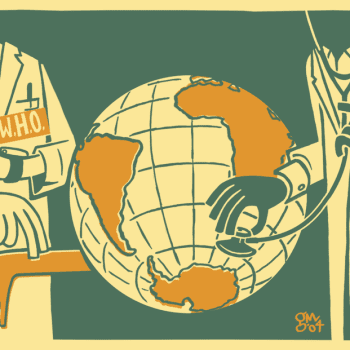Scientists have set a new record in keeping a human embryo–that is to say, a developing baby–alive outside the womb for 13 days. Then they let it–rather, him or her–die.
The law in England, where the experiment took place, sets a limit of 14 days, the time of “individuation” after which identical twins cannot split off from each other. The experiment was cut short to avoid going over that limit, but reportedly the embryo could have been allowed to keep developing. Now scientists are calling for the limit to be extended.
How scrupulous they are to obey the government’s law, while being oblivious to the moral law against killing the helpless, not to mention the violation of parenthood.
From Scientists smash record for human embryos grown in the lab in revolutionary breakthrough | Science | News | The Independent:
A human embryo has been grown in a laboratory for twice the length of time than was previously possible in a breakthrough that could “revolutionise” medicine but also raises fresh ethical questions about when life begins.
Since scientists first fertilised an embryo in a test tube in 1969, they have never managed to keep one alive for long after the point at which the foetus implants in the womb, normally about seven days.
However researchers at Cambridge University have now grown embryos for 13 days — a process they only stopped to avoid breaking the current legal limit of about 14 days.
The ability to observe a human embryo as it grows during this “most enigmatic and mysterious” stage of life in a lab should shed new light on genetic diseases and disabilities.
And it could help improve the dismal failure rate of IVF embryos — currently up to 70 per cent do not successfully implant – and lead to better understanding of miscarriages.
Greater knowledge of our early embryonic development might also hasten the arrival of one of the medical world’s greatest hopes: regenerative medicine using stem cells. These can turn into any different kind of cell and doctors believe they could one day be used to treat Alzheimer’s, heart disease and a host of other conditions.
The breakthrough immediately led to calls for the Government to consider extending the legal limit, but such a move would be hugely controversial.
About 14 days – the limit is also linked to biological changes — was chosen in the 1980s because it was deemed to be the point at which “individuality” is assigned as twins do not develop after this point.
[Keep reading. . .]
HT: Mark L. Bannan, John Frahm
















